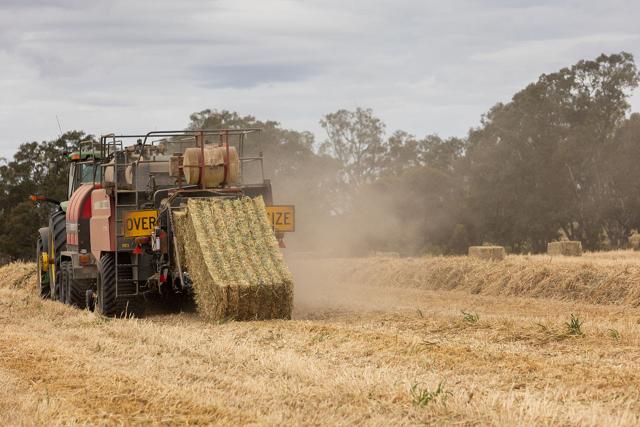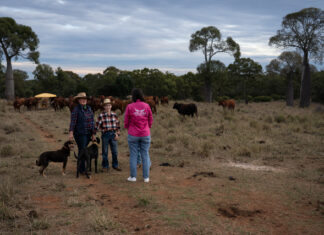
As rural industries turn their focus to reducing emissions and switching to renewables to address climate risks, there is a call to identify transformative pathways to transition from dependence on petroleum diesel fuels.
Cassian Drew, managing partner at Acclimate Partners and lead author of the report The Diesel Transition: Petroleum diesel alternatives for the Australian agriculture, fisheries and forestry sector, said research highlighted the sector-wide opportunity for change.
“Diesel is the most widely-used source of energy in agriculture, forestry and fisheries at 84 per cent of total energy consumption,“ he said.
“In the current climate this presents an opportunity to rethink the way agriculture operates in order to meet growing global food demands and emission reduction targets.
“The report recommends practical steps for a sector-scale transition to alternative energies but a bold, coordinated approach from industry, government, manufacturers and the wider workforce is needed to make the switch.”
Reseach partner Australian Farm Institute’s Katie McRobert echoed the sentiment, saying it’s important the transition is supported by a collaborative cross-industry, indeed cross-economy, effort.
“Building on earlier work investigating energy needs of Australian agriculture, we now have a practical roadmap to deliver new energy technology for the sector,“ she said.
“Homegrown solutions are being trialled and we can expect rapid uptake over the next four to five years.“
Supply risks, rising prices and price volatility due to unstable energy markets and geopolitical tensions are a stark reminder of the sector’s vulnerabilities when it comes to reliance on diesel.
AgriFutures Australia manager, National Rural Issues, Jane Knight said there were many opportunities to reduce diesel consumption and a clear business case for rural industries to shift gear.
“Battery electric and hydrogen fuel cells are the dominant technologies expected in future heavy machinery and equipment markets,” she said.
“Agricultural industries will likely benefit from new energy machinery advances in the freight and mining sectors, however a coordinated effort on both supply and demand sides will be required for equipment and new energy infrastructure.
“We’ve seen evidence in the freight sector where prime movers have been retrofitted for battery electric operation, with electric trucks achieving a 300 kilometre range for between $14-$42 in comparison to a $116 diesel equivalent.”
The research acknowledges economies of scale within agriculture are a limiting factor, yet the potential benefits are a strong motivator, with alternative energy expected to create an average of 34,000 new jobs annually to 2035.
To reach Australia’s net zero goal, Ms Knight recognises that overcoming initial constraints in the growing alternative energy market will be key to change.
And, to support this the research outlines four recommendations to guide the transition:
* Understand and map transition barriers
* Establish incentives and coordinate planning
* Introduce pilot transition programs, and
* Harness the expertise of supporting sectors
“Rural industries are under increasing pressure to reduce greenhouse gas emissions and diesel consumption in farm machinery is one area we can confidently transform,“ Ms Knight said.
“This research paves the way for change and there is a huge opportunity for Australia to learn from international best practice in all areas of transition and become a leader in energy innovation.”






